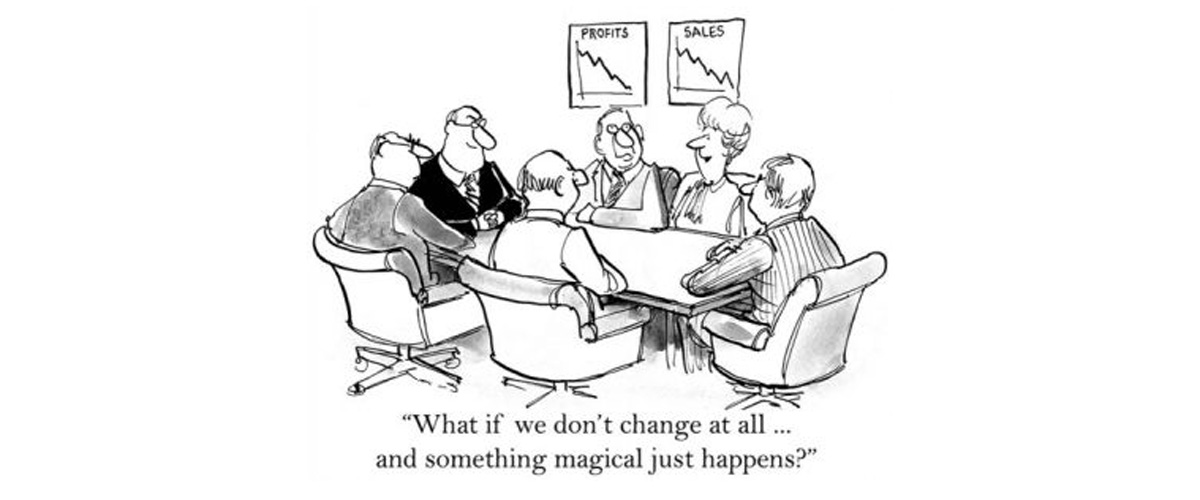The Importance of Planning

Business Planning.
What a huge subject to cover in a short article! Let’s acknowledge that there are many different planning methods and software applications that will help you and are available online (some of them free). So – let’s stick to the concept of it, the need for it, and the benefits.
Planning has been around since at least 10,000 BC when Grog’s tribe found out that if they worked together and developed a strategy, they could bring down a mammoth faster and with less associated deaths/injuries by driving it into an enclosed space (like a ravine) and throwing large rocks down on it. This made Grog’s tribe more successful, while other tribes that simply tried to encircle the beast while throwing sharpened sticks were less effective and experienced significant ‘involuntary departures’ from the ranks of the living. As an aside, this is probably how verbal and visual language evolved.
So, how does planning work?
Let’s use Governance (one of my favourite subjects) as a context. That gives me a canvas on which to paint. Without doubt the strategic plan has to be one of the most significant plans an organisation (whether commercial, NFP or government) can ever engage in. There are differences among the boards I work with as to who drives (or produces) the strategic plan. It ranges from (1) the CEO and executive team producing a draft completed plan and presenting to the board for approval (2) a combined team of executive and board producing the plan together, and sometimes (rarely) (3) a board producing the plan on its own. We don’t have time here to go through all the rights and wrongs of the different methods, but in my experience the most successful examples occur when executive and board work together.
So at the high level, we have Vision, Values, Mission, Strategic Plan and the Business Plan which, in a perfect world, work seamlessly together, with Vision as the starting point. Much has been written about Vision by serious authors such as Peter Senge and Jim Collins and Joel Barker just to name a few, and once it had progressed from a fad-like Holy Grail administered by (enter name of your favourite Guru of the 90’s) it entered the place it should be – just another important business tool.
Putting the elements together:
Vision: As the name suggests, it’s a ‘picture’ of where the organisation might be in 5, 10, 20 years, as determined by the incumbents of the day. The smallest organisation needs it. It’s a guide rope to the future. Leaders create it, and then have to ‘sell it’ to the team.
Values: Are we a Trump or a Mother Theresa, or something in between? What do we care about? What’s the ‘right and wrong’ in our organisation? How do we treat customers, and our team members? How do we handle conflict?
Mission: Exactly what are we here to do? What is our purpose? How will we know we are doing it?
Strategic Plan: Overview – how are we going to achieve our Vision/Mission?
Business Plan: Now we are at the details stage:- this is where we put specific tasks and goals together with the resources required such as money (capital) and money (operating costs) and people (without which nothing is possible), and equipment which the people need to work with. Oh – and how will we get the business in?
Effort required:
How big a job is all this? I’m a minimalist. Planning is not measured by the Kg or number of pages. You create only what you need. It has to be real to you, and mean something to your bank/sponsor/investor if you’re after funding.
Vision, Mission and Values together might take one page. Strategic Plan a bit more because you’ve got to ‘tell a story’ about how you’re going to achieve your vision/mission.
Business Plan: OK, there’s a bit of work here because this contains the detail, the people, the time frames, the dollars – but for the lone operator or small business your accountant will be able to help you, and there are templates online such as https://www.business.govt.nz/getting-started/business-planning-tools-and-tips/how-to-write-a-business-plan/
So what are the benefits?
When an aircraft flies from Auckland to Perth, it doesn’t fly in a straight line. It can’t, there are too many forces acting on the plane that prevent it from maintaining a continuous course. So it has all sorts of systems to tell it where it is at any moment relative to the destination. The system works out where the aircraft is, compares it to where it should be, and makes a course correction. This happens at regular planned intervals called ‘waypoints’. In the end, you arrive at Perth having travelled a constantly-adjusted course, and you never felt a thing. The difference between the aircraft and a drunk walking the line at a Police checkpoint is that the drunk has lost the ability to make course corrections.
Well, planning for an organisation seeks to achieve the same thing. The destination is the Vision. Instead of navigation waypoints, you have business reports. Whether you’re a corporate giant, a small enterprise, or a sole operator, the concept is the same. The old adage ‘failing to plan is planning to fail’ is almost fossilized now, and yet… still true.
Happy planning for 2019. You’re late, by the way.
Steve

